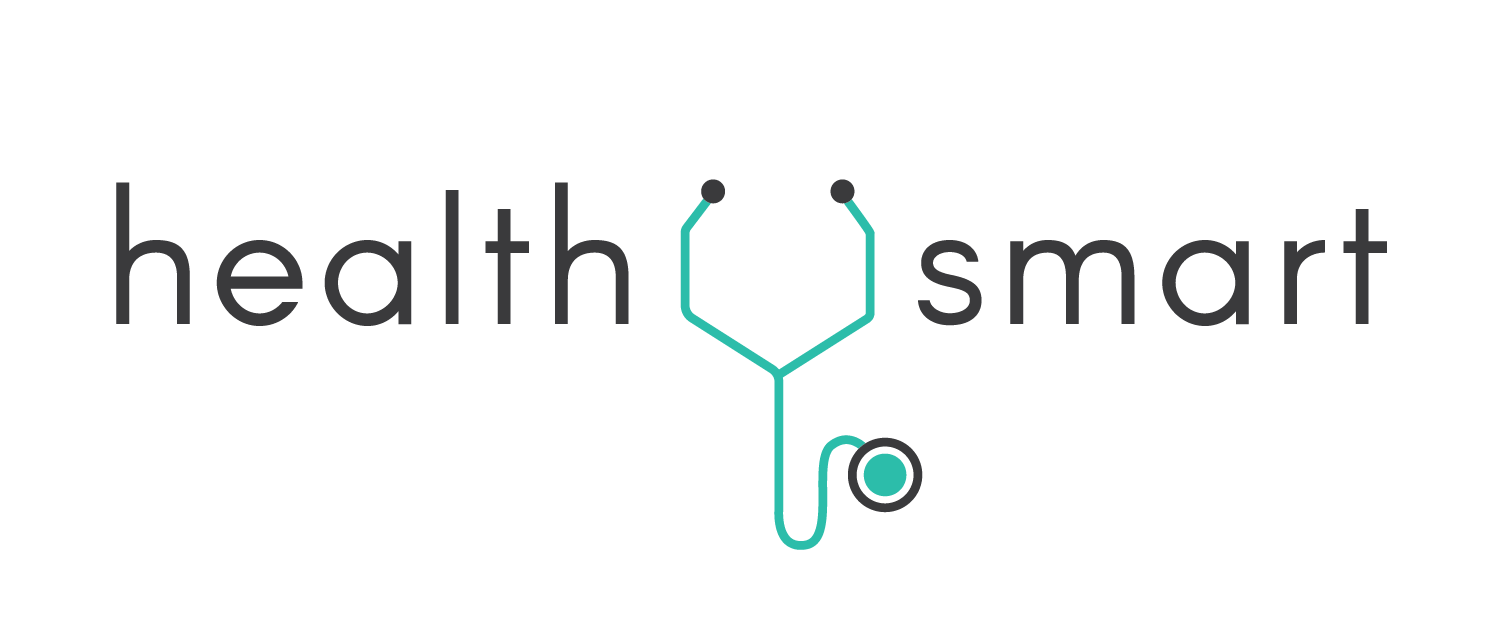View this post on Medium: https://medium.com/@aganeesh/beyond-local-borders-elements-of-global-public-health-e51bd5dee439
Photo by Fancycrave on Unsplash
Mainstream media has cast a provincial focus on healthcare, exhaustively reporting on the inadequacies of the U.S. system. This has caused the blurring-out of the status of healthcare in the rest of the world; this is especially true for residents in developed countries. It is unmistakable that U.S. healthcare is afflicted with severe systemic issues, being the only one of all developed countries worldwide without universal healthcare. However, on the Global Access to Healthcare Index, the U.S. ranks 10th, indicating that there are a multitude of other countries that receive extremely limited access to healthcare (or even none at all). Limited access to healthcare in developing countries has devastating effects on global health outcomes.
I recently attended a series of lectures by prominent field researchers at the University of North Carolina Gillings School of Global Public Health. They delineated the extent of global access issues, and some of the root causes of negative health outcomes. Their stories were startling and eye-opening to say the least. There are a number of reasons for access and outcome challenges, and below I briefly present just a few of many; the following observations are informed by their shared insights and experiences.
Disregarding Neutrality of Health Workers
Decades ago, health humanitarian workers and healthcare centers were detached from conflict. Workers were generally left alone, and not intentionally targeted. However, this has not been the case over the last many years. No longer regarded as neutral, aid workers are targeted no less than the perceived enemy. One lecturer shared their experience working as a clinician Iraq, reporting the killing of colleagues in the field and the destruction of humanitarian medical centers along with their staff. Their team, affiliated with the Red Cross, did not display the organization’s emblem to reduce negative attention that the symbol may draw from certain groups. What was previously inherent yet calculated risk for healthcare workers has transformed into serious danger and vulnerability. As a result, humanitarian healthcare has significantly decreased in some of the hardest-hit of regions, including Iraq, Afghanistan, and Chechnya. Conflict resolution has been difficult in many regions, especially in the Middle East. Widespread war and indiscriminate assault has reduced healthcare personnel on the ground, severely limiting access for civilians.
Photo by Daan Stevens on Unsplash
Limited Trained Personnel
There are also a number of developing countries that are not affected by strong conflict, but still face limited access to care and poor health outcomes. In these areas, healthcare workers are more concentrated, but there is often still a shortage of trained specialty physicians. Another lecturer shared their work in Africa with trachoma, an infection that is the leading cause of blindness worldwide; though correctable by surgery, ophthalmologists are far and few in between, causing this treatable disease to cause permanent blindness. Their team actively works on training lower-skilled workers for conducting trachoma surgery, and improving surgical outcomes especially for newly-trained workers. Though this example outlines issues for a specific ocular disease, specialists in diverse disciplines are rare in many areas of Africa and other regions around the world. Those physicians that are present frequently face large numbers of patients to treat with limited human and physical resources.
Photo by Vladislav Klapin on Unsplash
Some say that the U.S. healthcare system is the worst in the world. Even as a passionate advocate for equitable access to care, I would disagree. While it is indisputable that significant issues such as prohibitive costs and bureaucratic problems are prevalent within the U.S. system, billions across the world have worse health outcomes than those of patients in the United States. Conflict-stricken environments without healthcare aid workers and regions with limited access to general/specialty care presents an enormous challenge that we cannot afford to disregard.
Conflict resolution is desperately needed to allow for humanitarian aid workers to safely administer healthcare in environments that are currently inhospitable for workers and civilians alike. Without the protection of healthcare workers, we cannot expect notable positive global public health change. Lack of professionally-trained medical workers in certain underserved and developing areas strongly indicates the need for increased health humanitarian assistance, as well as training programs like that for trachoma surgery, to treat endemic diseases that developed nations are fortunate to avoid. To see improvement worldwide, we must balance our perspective by bringing into focus global public health issues that exist beyond the borders of our local communities.














